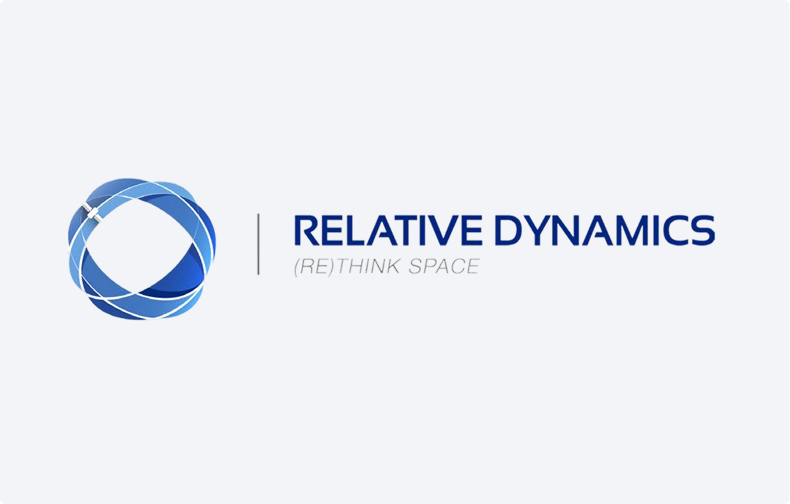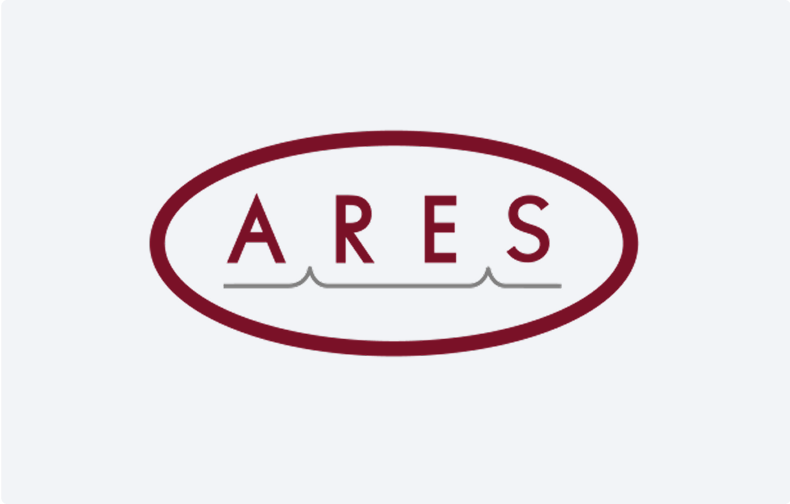At Relative Dynamics, we value knowledge as a process rather than as an answer. This approach has brought us much success in our research as well as in providing our customers with the highest quality service.
With this success, we are happy to announce that we have won a variety of Small Business Innovative Research (SBIR) Awards in 2020 & 2021.
As we move into 2022, we want to take some time to reflect on these innovative awards.
NASA Phase 1 & 2 - Optical Communication Terminal: Communications and Navigation for Distributed Small Spacecraft Beyond LEO
Relative Dynamics, Inc. (RDI) has developed a solution to implement cost-effective, high-data-rate communications and navigation knowledge for Distributed Spacecraft Missions (DSM) and small spacecraft.
RDI proposed a Small Spacecraft Optical Communication Terminal called SCOUT, which utilizes integrated, modular, and scalable communication for small spacecraft. With this model, the complexity and cost of the system are significantly lowered through the use of low-cost, widely available, and readily manufacturable materials.
SCOUT enables a collaborative configuration of widely distributed NASA small spacecraft, whether in near-Earth orbit or deep space. It also supports mission uplinks and downlinks, providing a cost-effective alternative for DSMs while allowing science data to efficiently return to Earth.
In addition to NASA, SCOUT has potential applications for Google, Facebook, SpaceX, and other large LEO satellite constellations.
NASA Phase 1 - Optical Communication Array Transceiver: Long-Range Optical Telecommunications
To support NASA’s Long-Range Optical Telecommunications, RDI developed an Optical Communication Array Transceiver (OCAT) designed to lower costs, improve diffraction-limited performance, minimize gravitational effects, and enhance scalability and ease of maintenance.
OCAT will enable future missions to achieve higher data return rates across multiple domains, balancing both data volume and distance trade-offs. The innovations behind OCAT are designed for both spaceflight and ground systems, while also providing navigation services for NASA missions.
Additionally, optical ground terminals are much smaller in size but offer significantly larger data volume capacity, making them ideal for next-generation space communication infrastructure.
NASA Phase 1 - Large Space Optics Using System Identification: Advanced Optical Systems and Fabrication/Testing/Control Technologies for EUV/Optical
Temperature control of space optics is a relatively new field. Relative Dynamics, Inc. took a unique approach by developing Active Thermal Control using System Identification (ATC-SID).
This method utilizes a large mirror capable of diffraction-limited performance at wavelengths under 500nm, all while keeping the total cost under $100 million—a more cost-effective option compared to traditional methods.
ATC-SID will benefit space missions with large telescopes, particularly those operating in shorter-wavelength regions such as LUVOIR and HabEx.
This model provides the wavelength stability necessary for these advanced missions.






